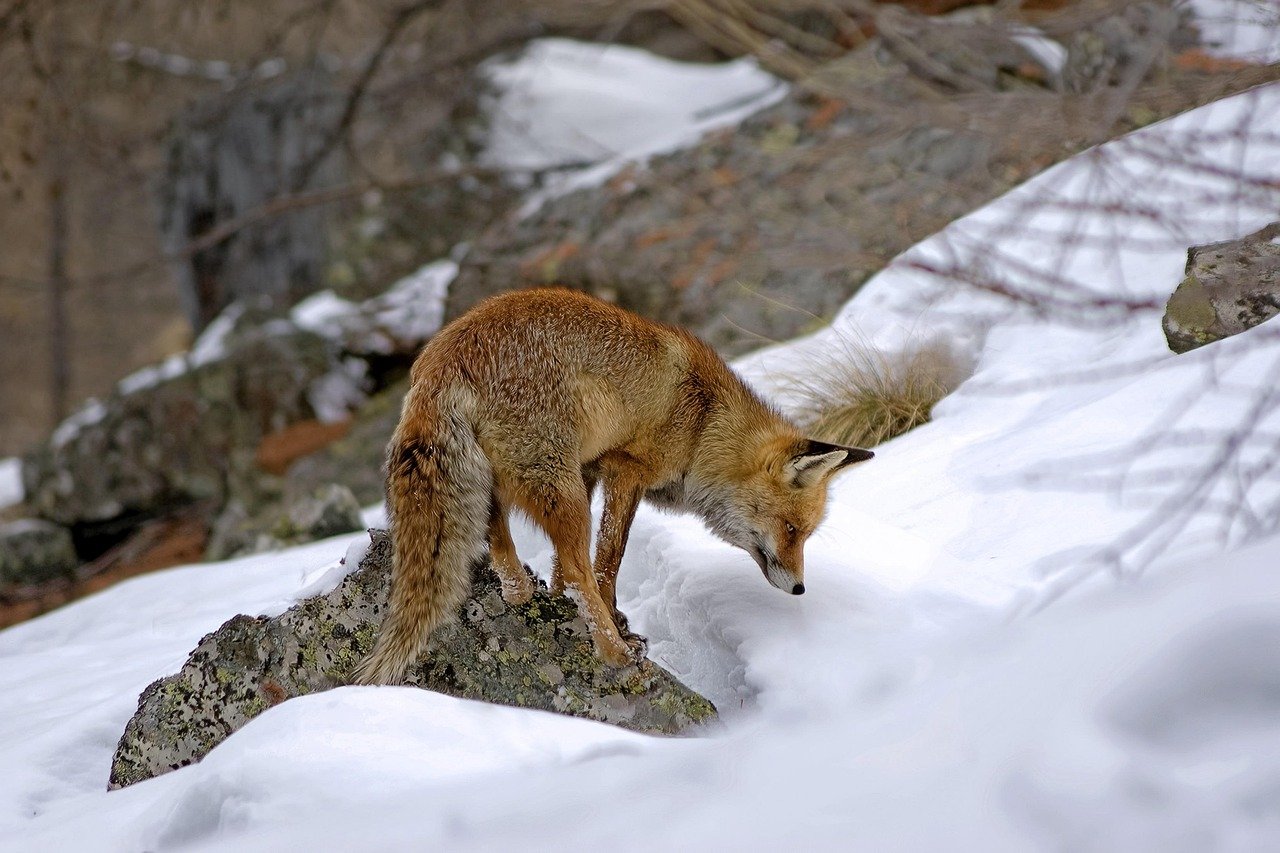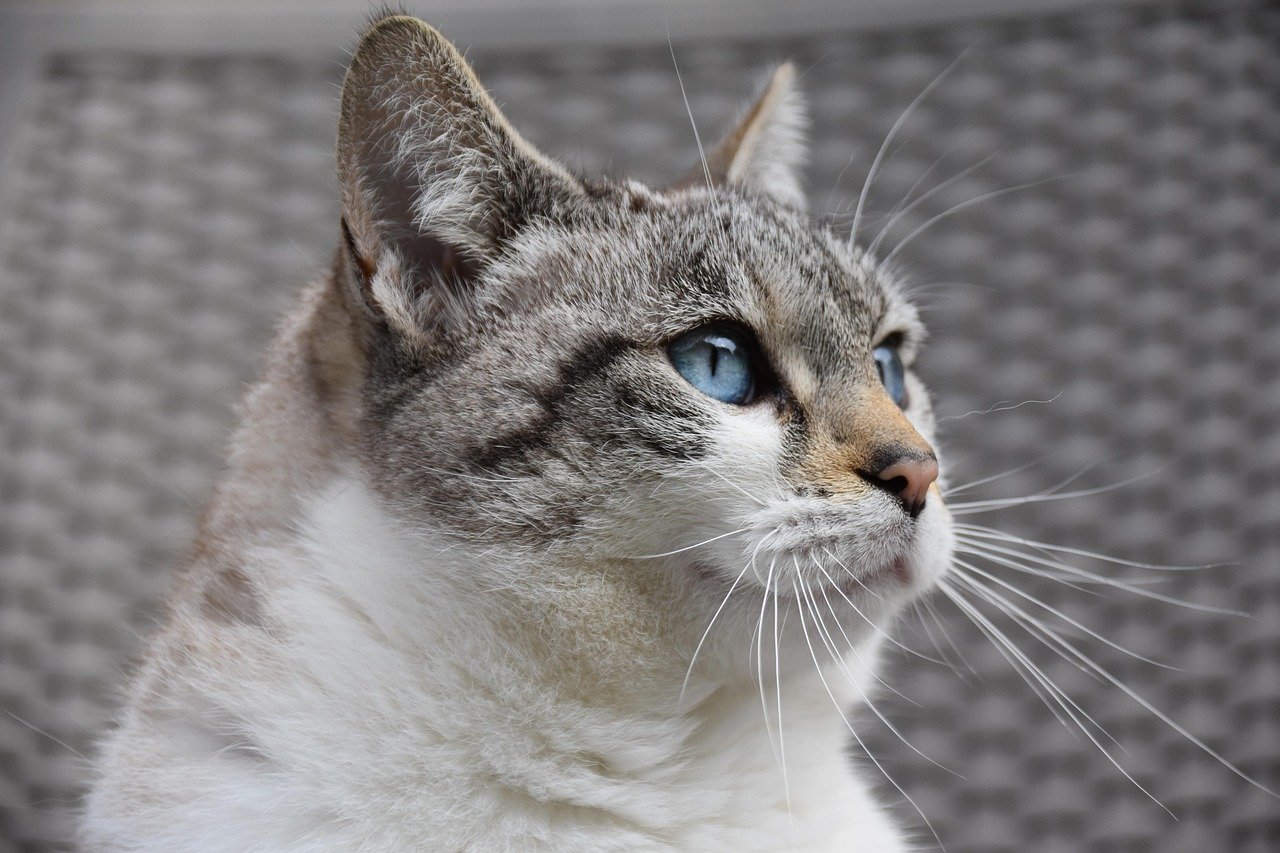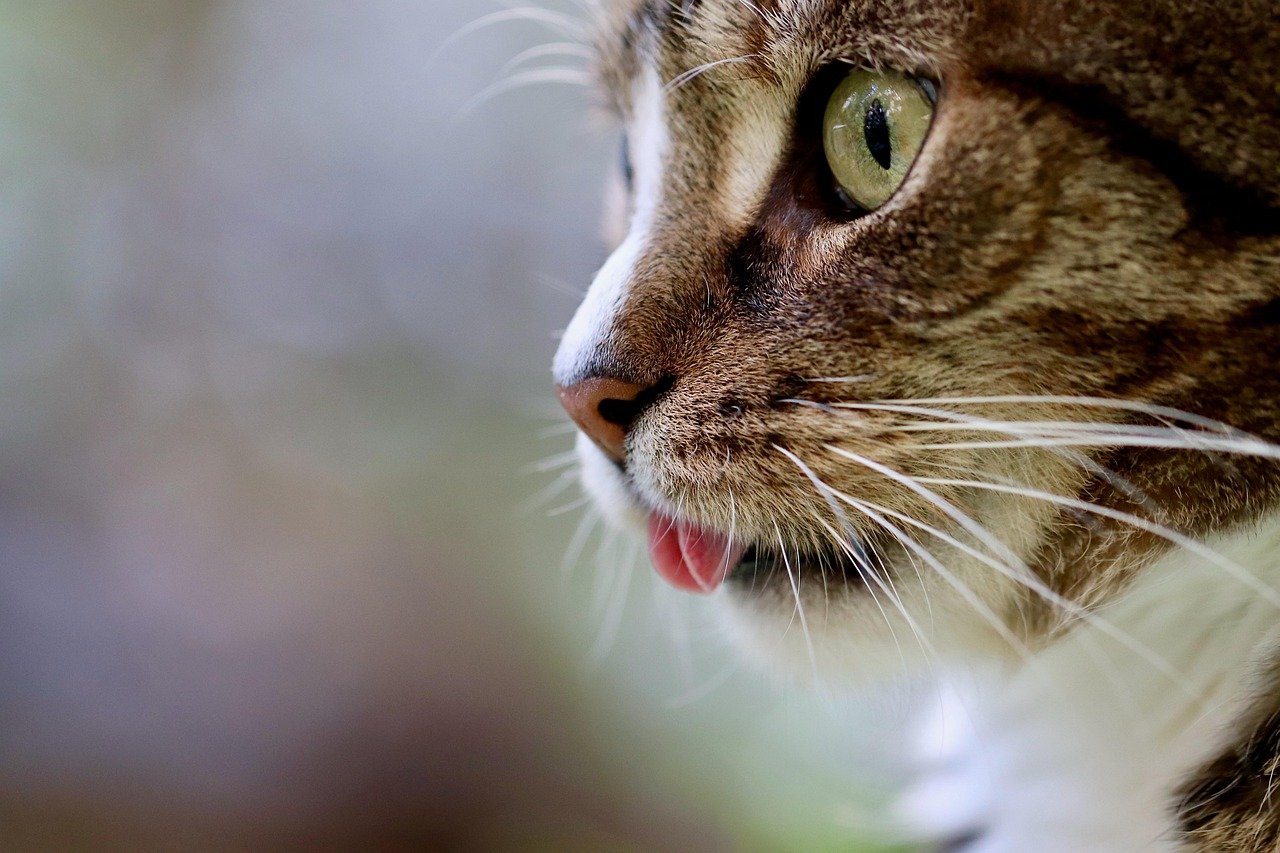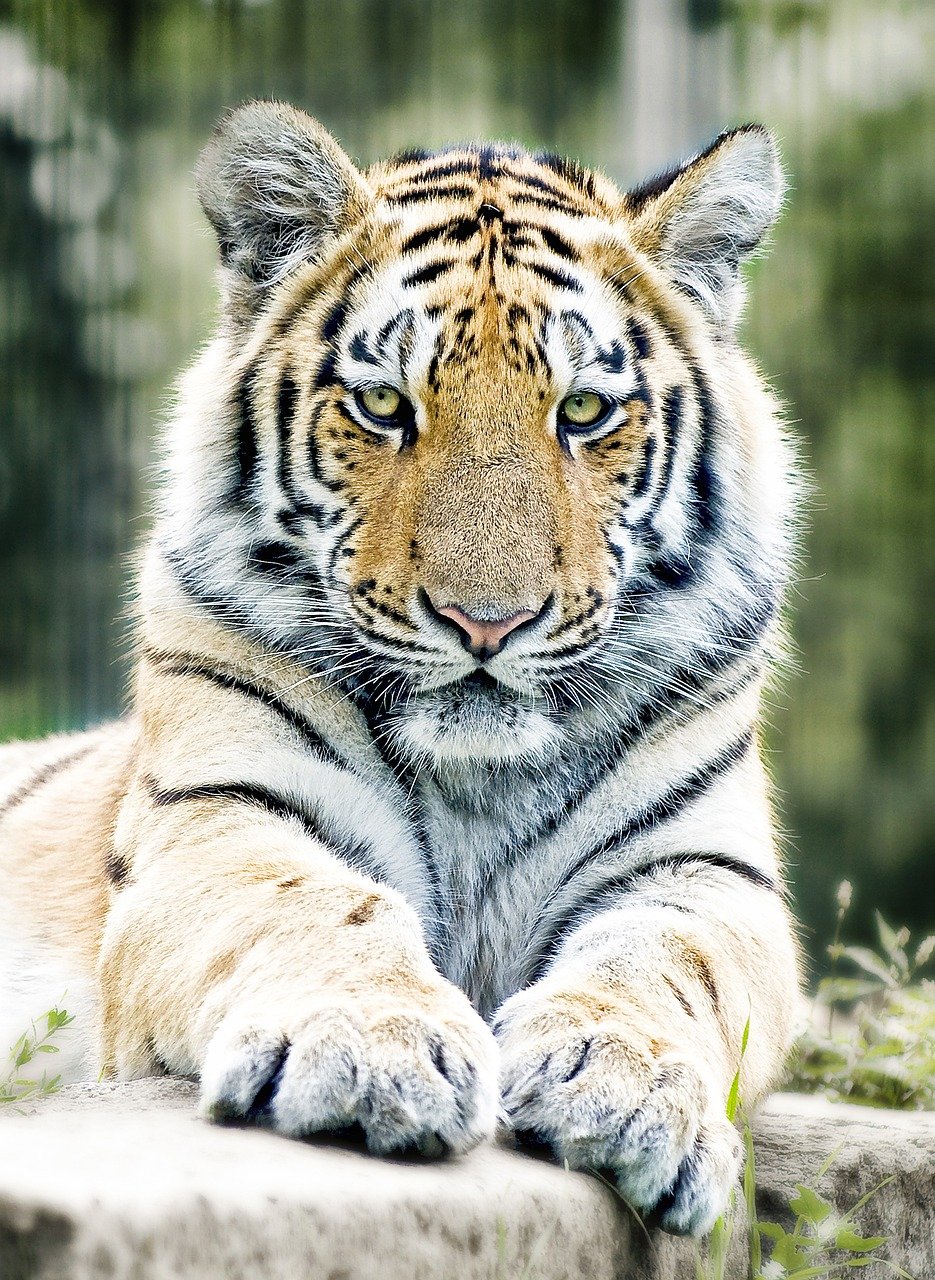Smilodon fatalis: The Ultimate Pack Hunter

Picture this: a group of massive cats, each sporting seven-inch canine teeth, working together to bring down a woolly mammoth. That’s exactly what Smilodon fatalis did during the Pleistocene epoch. These incredible predators didn’t just rely on their iconic saber teeth—they used sophisticated pack hunting strategies that would make modern lions jealous.
Recent fossil evidence from the La Brea Tar Pits reveals that these “saber-toothed cats” lived in social groups of 10-30 individuals. Their powerful build and cooperative hunting style made them apex predators of their time. Unlike solitary big cats, they shared kills and protected injured pack members, showing remarkable social intelligence.
Thylacosmilus atrox: The Marsupial Mimic

Here’s where things get wild—Thylacosmilus wasn’t even a true cat! This South American marsupial evolved saber teeth completely independently, proving that pack hunting with elongated canines was such an effective strategy that nature created it twice. These pouched predators roamed in family groups, using their curved sabers to slash rather than stab.
What makes them truly fascinating is their hunting technique. Unlike true saber-toothed cats, Thylacosmilus had ever-growing teeth that needed constant use. Their packs would coordinate attacks on large prey, with each member taking turns to weaken their target through repeated slashing motions.
Homotherium serum: The Scimitar Cat Social Network

Meet the scimitar cat—a saber-toothed predator that perfected the art of pack coordination. Homotherium serum had shorter, more curved canines than Smilodon, but what they lacked in tooth length, they made up for in teamwork. These cats developed complex social hierarchies that allowed them to take down prey much larger than themselves.
Their pack hunting strategy was so effective that they spread across multiple continents. Fossil evidence shows they lived in dens together, raised cubs communally, and even shared hunting territories with other packs. Their success story lasted over 5 million years—longer than many modern species have existed.
Megantereon cultridens: The Precision Strike Team

If saber-toothed cats had a special forces unit, it would be Megantereon cultridens. These medium-sized predators were the masters of precise, coordinated attacks. Their packs typically consisted of 6-8 individuals who specialized in different hunting roles—some were ambush specialists, others were pursuit experts, and some focused on delivering the fatal bite.
What set them apart was their incredible jaw strength relative to their body size. Working in coordinated groups, they could bring down prey twice their size through strategic teamwork. Their hunting grounds stretched from Africa to Asia, and everywhere they went, they left evidence of sophisticated pack behavior.
Dinofelis barlowi: The Bone-Crushing Cooperative

Dinofelis barlowi took pack hunting to brutal new levels. These “false saber-toothed cats” had moderately elongated canines but possessed jaw muscles that could crush bone. Their packs developed a unique hunting strategy where they would systematically break down large prey through coordinated bone-crushing attacks.
Archaeological evidence suggests they cached food in caves and returned to feeding sites as a group. This behavior indicates not just pack hunting, but pack planning—a level of cognitive sophistication that rivals modern social carnivores. Their success in Africa lasted nearly 3 million years.
Xenosmilus hodsonae: The Cookie-Cutter Killers

Xenosmilus hodsonae earned their nickname “cookie-cutter cats” for their unique serrated saber teeth that worked like biological knives. These Florida natives developed pack hunting techniques specifically adapted to their swampy environment. Their groups would coordinate ambushes from dense vegetation, using their specialized teeth to deliver precise, devastating wounds.
What makes them remarkable is their adaptation to wetland hunting. Unlike other saber-toothed cats that preferred open plains, these predators mastered aquatic ambush tactics. Their packs would work together to drive prey into shallow water, where their cookie-cutter teeth could inflict maximum damage with minimal effort.
The Social Intelligence Behind the Sabers

The real story behind these saber-toothed pack hunters isn’t just about impressive teeth—it’s about brain power. Recent studies of fossil skulls reveal that pack-hunting saber-toothed cats had enlarged frontal lobes, the brain regions responsible for social behavior and planning. This neurological evidence supports what paleontologists have long suspected: these weren’t just fierce predators, they were intelligent social animals.
Their pack hunting success required complex communication, role specialization, and long-term planning. Some individuals specialized in tracking, others in ambush tactics, and still others in delivering killing blows. This division of labor allowed them to dominate their ecosystems for millions of years.
Pack Hunting Strategies That Conquered Continents

Each species developed unique pack hunting adaptations that reflected their environment and prey. Smilodon packs used coordinated ambush tactics in dense forests, while Homotherium groups employed endurance hunting across open grasslands. Megantereon packs specialized in precision strikes, and Dinofelis groups focused on overwhelming force through numbers.
These diverse strategies allowed saber-toothed pack hunters to colonize every continent except Antarctica and Australia. Their success came from combining individual physical prowess with collective intelligence—a formula that made them some of the most successful predators in Earth’s history.
The Extinction Mystery

Despite their incredible success, all saber-toothed pack hunters vanished by the end of the Pleistocene epoch. Climate change, human expansion, and prey extinction all played roles, but the mystery remains: why did such successful pack hunters disappear while solitary big cats survived? Recent research suggests that their complex social structures, while advantageous during stable times, made them vulnerable to rapid environmental changes.
Their extinction represents one of the greatest losses in predator diversity our planet has ever experienced. These magnificent pack hunters ruled their ecosystems for millions of years, only to disappear in what amounts to an evolutionary blink of an eye.
Modern Lessons from Ancient Hunters

Today’s wildlife researchers study these extinct pack hunters to understand modern carnivore behavior. The social structures of saber-toothed cats provide insights into how pack hunting evolved and why cooperation became such a successful survival strategy. Their legacy lives on in the hunting behaviors of modern wolves, lions, and even some smaller cat species.
Understanding these ancient predators helps us appreciate the complexity of prehistoric ecosystems and the importance of protecting today’s pack hunters. The intelligence and cooperation that made saber-toothed cats successful are the same qualities that make modern pack hunters vulnerable to human interference.
The Ultimate Predator Legacy

These six saber-toothed pack hunters represent the pinnacle of prehistoric predator evolution. Each species developed unique adaptations that allowed them to dominate their environments through cooperation, intelligence, and specialized hunting techniques. Their success story spanning millions of years demonstrates that individual prowess combined with social cooperation creates an almost unstoppable force in nature.
From the massive Smilodon packs that terrorized Ice Age America to the precision strike teams of Megantereon that conquered Asia, these predators redefined what it meant to be apex hunters. Their extinction reminds us that even the most successful species can vanish, but their legacy continues to inspire our understanding of predator behavior and the power of cooperation in the natural world.
Which of these ancient pack hunters would you have been most terrified to encounter in the wild?
Hi, I’m Bola, a passionate writer and creative strategist with a knack for crafting compelling content that educates, inspires, and connects. Over the years, I’ve honed my skills across various writing fields, including content creation, copywriting, online course development, and video scriptwriting.
When I’m not at my desk, you’ll find me exploring new ideas, reading books, or brainstorming creative ways to solve challenges. I believe that words have the power to transform, and I’m here to help you leverage that power for success.
Thanks for stopping by, Keep coming to this website to checkout new articles form me. You’d always love it!






